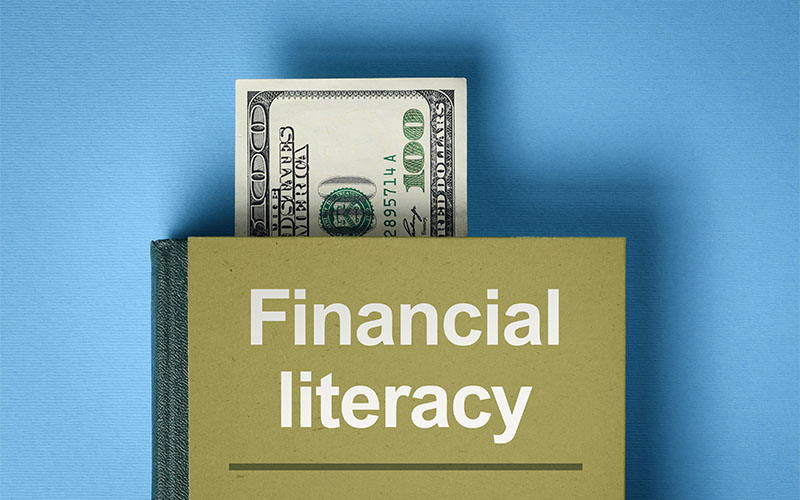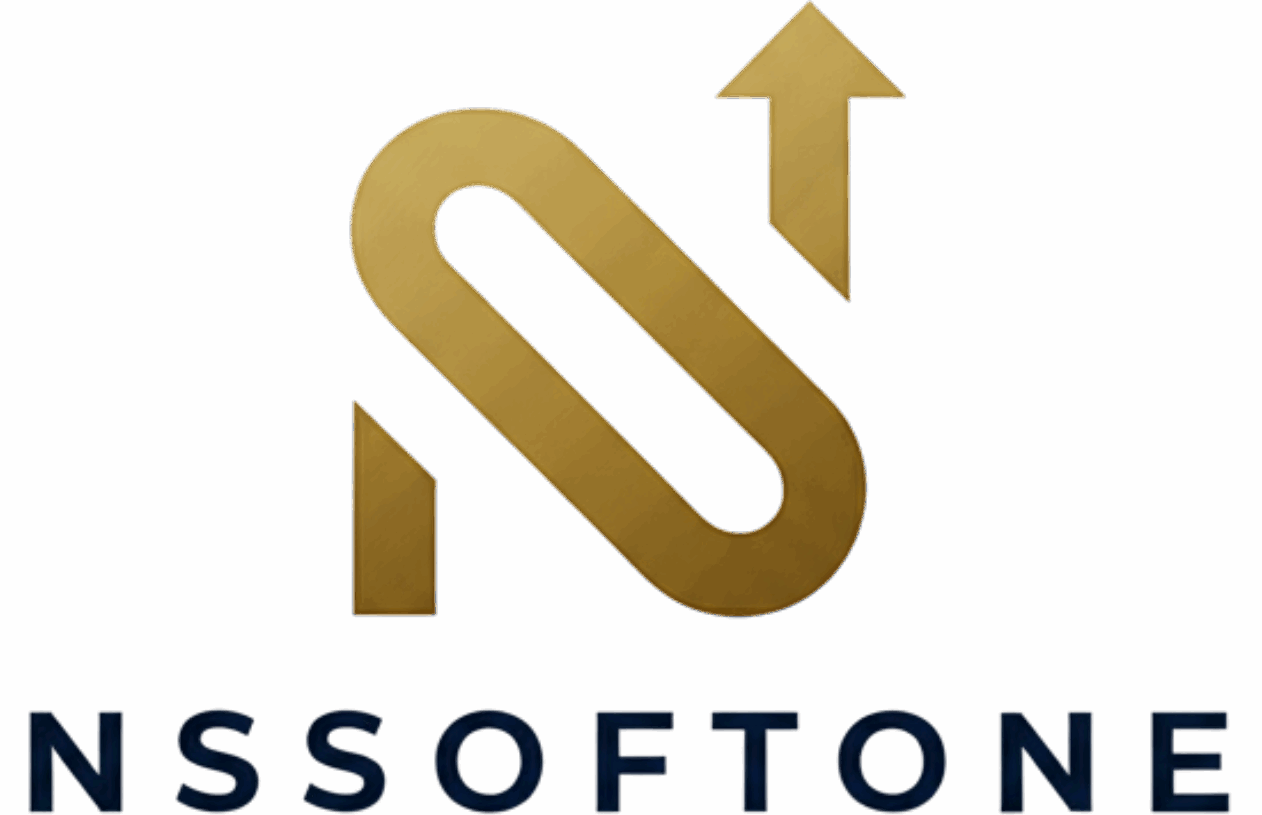The way we earn, spend, and save money has been fundamentally transformed by digital technology. From instant peer-to-peer transfers to complex cryptocurrency investments, the financial landscape of the 21st century is characterized by speed, connectivity, and a dizzying array of options. This digital shift necessitates a modern approach to financial literacy—one that equips individuals not just with traditional budgeting skills, but also with the knowledge to navigate online banking, digital wallets, cybersecurity risks, and algorithmic finance. This article explores the critical components of financial education required to thrive in the modern, digitally-driven economy.
The Evolution of Money Management
For generations, financial education centered on physical transactions: balancing a checkbook, understanding interest rates on bank savings accounts, and managing credit card debt. While these fundamentals remain important, they are no longer sufficient. Today, money often exists purely as digital data.
- Online and Mobile Banking: Most interactions with banks happen through apps or web portals. Understanding security features, two-factor authentication, and the functionality of these digital platforms is paramount.
- Digital Payment Systems: Services like PayPal, Venmo, Zelle, and contactless payments have made cash almost obsolete for many everyday transactions. Users must understand the associated fees, instant-transfer risks, and how these services integrate with their overall financial tracking.
- The Gig Economy: Digital platforms (e.g., Uber, Fiverr, Airbnb) have created new income streams. Financial education must address the complexities of managing non-W2 income, including quarterly tax estimations, self-employment deductions, and inconsistent cash flows.
The first step in digital financial literacy is recognizing that your phone or computer is now your primary financial control center.
Cybersecurity: The New Financial Frontier
In the digital age, a security breach is a financial crisis. Personal financial data—passwords, account numbers, and transaction history—is a prime target for cybercriminals. Digital financial education is inseparable from cybersecurity education.
- Strong Authentication: Using complex, unique passwords and enabling Two-Factor Authentication (2FA) on all financial and email accounts is non-negotiable. Authenticator apps are generally more secure than SMS codes.
- Phishing and Scams: Digital scams are increasingly sophisticated. Users must learn to identify phishing emails, suspicious texts, and malicious links designed to steal login credentials or personal information. A core principle is: Never click on a link in an unsolicited email asking for a password or financial information.
- Secure Devices and Networks: Avoiding public Wi-Fi for banking transactions and ensuring all financial apps and operating systems are up-to-date helps patch security vulnerabilities.
Digital Budgeting and Tracking Tools
Gone are the days of manual envelope budgeting. A plethora of apps and software now automate the process of tracking spending, categorizing expenses, and setting financial goals.
- Aggregation Tools: Apps like Mint, YNAB (You Need A Budget), or Personal Capital link to multiple accounts to provide a holistic, real-time view of an individual’s financial standing. These tools offer powerful insights through visual data presentation.
- The Power of Automation: Digital platforms enable the automation of savings and investments. Setting up automatic transfers to retirement accounts, brokerage accounts, or high-yield savings accounts immediately after a paycheck is deposited is the most effective way to ensure consistent financial growth. This practice aligns with the “pay yourself first” principle.
- Categorization: While apps automate categorization, users must actively review and adjust these labels to ensure accuracy. A clear picture of where money is going is vital for making informed behavioral changes.
Understanding the Digital Investment Landscape
The barrier to entry for investing has collapsed thanks to technology. Commission-free trading, fractional shares, and robo-advisors have democratized the financial markets.
1. Robo-Advisors and Low-Cost Trading
Platforms like Betterment, Wealthfront, Robinhood, or Fidelity Go offer automated, algorithm-driven investment management at lower costs than traditional human advisors.
- Key Concepts: Investors must understand concepts like risk tolerance, asset allocation, and the difference between low-cost Exchange-Traded Funds (ETFs) and actively managed funds. Digital education must emphasize that low trading fees do not negate market risks.
- The Gamification of Investing: The ease of trading on mobile apps can lead to impulsive, emotionally-driven decisions. Education must stress the importance of a long-term strategy and the dangers of treating investing like a game.
2. Cryptocurrency and Blockchain
Cryptocurrencies (Bitcoin, Ethereum, etc.) are a significant new asset class that requires specialized financial knowledge.
- Understanding Volatility: Crypto markets are highly volatile. Education needs to emphasize that these are speculative assets and should only comprise a small portion of a well-diversified portfolio.
- Wallet Security: Managing a crypto wallet (especially a non-custodial one) involves understanding private keys and seed phrases—a level of personal responsibility for security far greater than traditional banking. Losing a private key means losing your money forever.
Navigating Digital Debt and Credit Scores
Credit scores remain a cornerstone of personal finance, but the factors influencing them and the accessibility of debt have changed.
- Digital Lending: Instant loan apps and Buy Now, Pay Later (BNPL) services (e.g., Affirm, Klarna) have made short-term debt incredibly easy to access. While convenient, these services can lead to overspending and confusing repayment schedules. Users need to understand the annual percentage rate (APR) and late fees associated with these digital credit products.
- Credit Monitoring: Digital services allow individuals to monitor their credit score and report for free constantly. Utilizing these tools (e.g., Credit Karma, Experian) is crucial for spotting errors and detecting potential identity theft early.
Conclusion: Continuous Learning is Key
Financial education is no longer a one-time lesson taught in school; it is a continuous, lifelong process of adaptation. The digital age provides unprecedented opportunities for wealth creation, convenience, and financial transparency, but it also introduces new risks, particularly in the realm of cybersecurity and overly accessible credit.
To truly master money in modern times, individuals must adopt a mindset of digital prudence. This means actively seeking knowledge about new technologies, questioning the security of every digital interaction, automating good habits, and maintaining a disciplined, long-term approach to investing. By integrating traditional financial principles with crucial digital literacy, anyone can build a secure and prosperous financial future in the 21st century.




